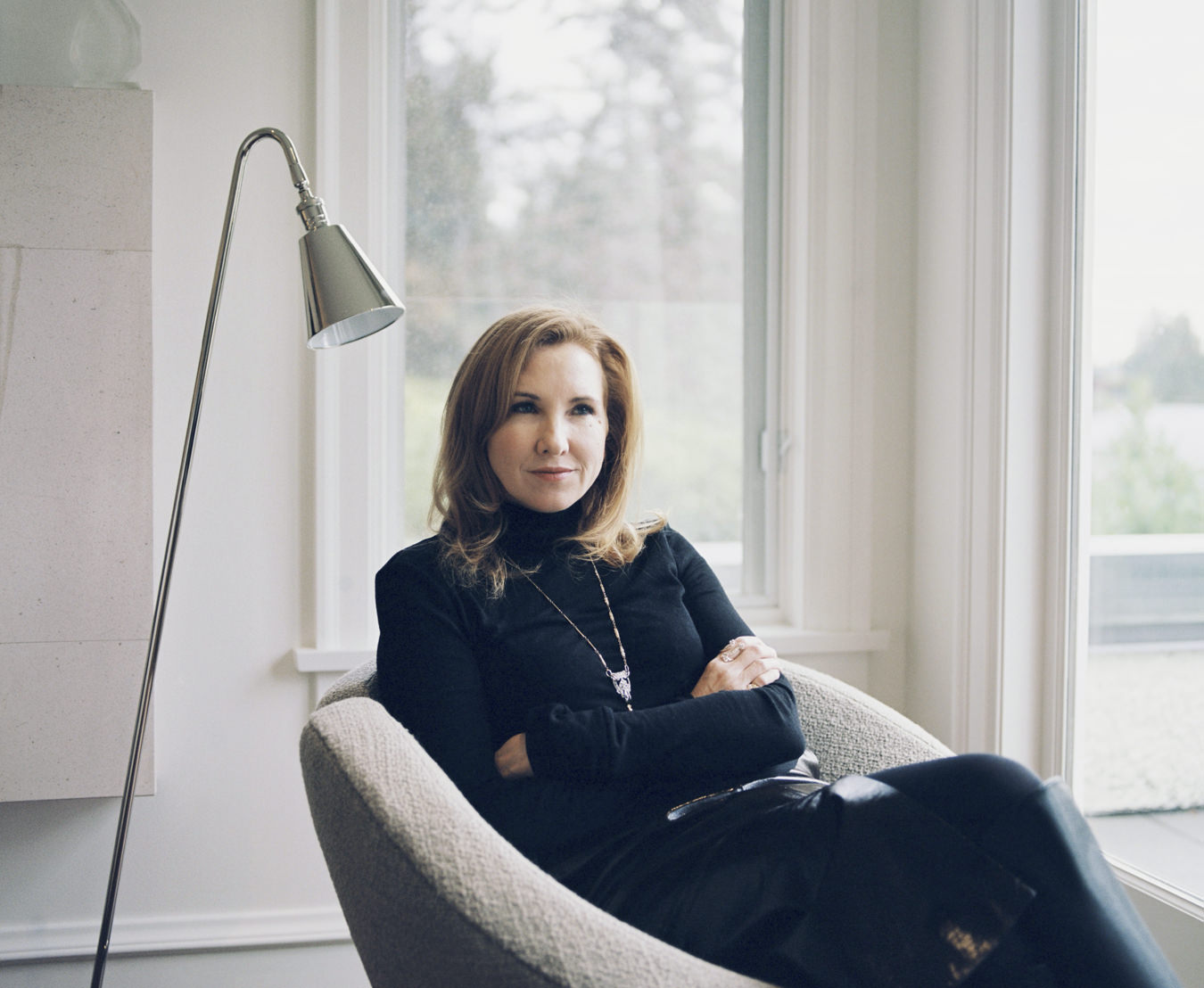Geologists around the world are lucky if they ever see one of their discoveries turn into an active mine. Still in her forties, Eira Thomas—nicknamed Canada’s Queen of Diamonds—has “hit pay dirt”, as prospectors say, four times in her career. Thomas’s most famous discovery was one she worked on with her father, Grenville Thomas. She was only 21, fresh out of university with a degree in geology, when her father called while she was travelling in South Africa. “I was like, ‘Diamonds in Northern Canada, Dad, really?’” she recalls. Returning to Canada in late 1991, she immediately began prospecting a massive region north of Yellowknife that would become, when she was 25, the Diavik Diamond Mine, one of the world’s richest diamond mines by grade, even supplying a few stones to Harry Winston.
A string of successes unprecedented for a female exploration geologist followed. She left the company that owns Diavik and then co-founded Stornoway Diamond Corporation; before leaving that company in 2011, she put together a deal that will open Quebec’s first diamond mine. Then, with Lukas Lundin and Catherine McLeod-Seltzer, she co-founded South Africa’s Lucara Diamond Corp. Last year it discovered the Lesedi La Rona, which, at 1,109 carats, is the second-largest diamond in history. Thomas then joined Vancouver-based Kaminak Gold Corporation as president and CEO in 2013; and she recently made its investors a ton of money when she assisted in selling the enterprise to world miner Goldcorp Inc. for $520 million. Though she still has her directorships at Suncor Energy and Lucara, Thomas is not entirely sure what she will do next, and is enjoying some down time with her family.
On a balmy June morning at a Starbucks in West Vancouver, the lean, purposeful Thomas is soft spoken and generous with her time. To her, prospecting for precious minerals has always been a grown-up version of a child’s treasure hunt. “Figuring out what to do is always challenging and exciting,” she says. “I’ve had the opportunity to work in the Canadian North—one of the most incredible places on earth. As my career has evolved, I have spent more time in the boardroom, finding money, liaising with shareholders, and that’s now a big part of the fun—connecting the dots to make things work.”
To her, prospecting for precious minerals has always been a grown-up version of a child’s treasure hunt.
Success in the mining industry depends on what insiders call The Story, or what Thomas calls “testing a thesis”: raising enough capital to test a geological concept with science and technology. “You’re targeting this thesis to very sophisticated, early-stage investors who really are looking to hit a home run,” she says. “When you’re testing your thesis, you’re telling the investors that, ‘Look, the prize could be potentially this big.’ Then, as you raise your money and go to the next stage, investors are swapped out along the way.” The closer you get to production, you find larger investors that come in because your proposition is less risky.
For most of mining history, that success has been overwhelmingly male. “The challenge for women is that in mining, you don’t have the luxury of working from a desk,” says the mother of two. “Most families these days are made up of two working parents who are both pursuing their careers. Mining and exploration are not particularly compatible with that scenario. You have to be prepared to be on the road a lot.” There is, however, a different pathway to the top that is growing: the burgeoning field of community and social responsibility (CSR). Thomas knows that in the past, mining has faced its share of public relations challenges when it comes to negotiating with First Nations or cleaning up toxic tailing ponds and mine sites. Women, she believes, are perfectly suited to tackle the challenges that lie ahead for the industry, and she thinks Canadian companies are becoming world leaders in this field.
Thomas says that when working with an aboriginal partner for the first time, you have to go slow and work to develop the relationship. She recalls a first-date analogy that former colleague Allison Rippin Armstrong tells potential investors and other miners. “She says, ‘How would you feel if you went out on a first date with someone, and your future spouse is laying out exactly what your life is going to look like—how many kids you’ll have, what kind of car you’ll drive, and where you’ll go on vacation? Well, your immediate response would be to run for the hills.’ The First Nations bands—and it’s important to recognize how different the needs of each group can be—each have their own perspective and different priorities.” She says you have to engage from the very, very beginning, so that if or when a project gets to the point of development, everyone understands each other and what they hope to get out of the situation. There will always be issues that need resolving, but they are dealt with more easily if a relationship has already been established.
Thomas outlines that one of the reasons Goldcorp bought Kaminak was because of the strength of its CSR team, which is made up of all women. Going forward, she says, “you won’t need to be an economic geologist trudging through the Barren Lands to be in this business.”
Get your copy of our Winter 2016 issue.









